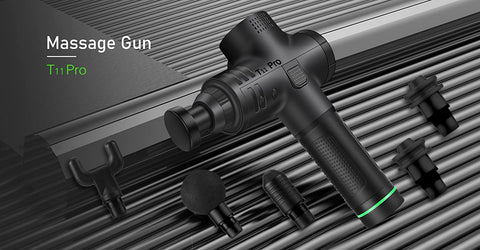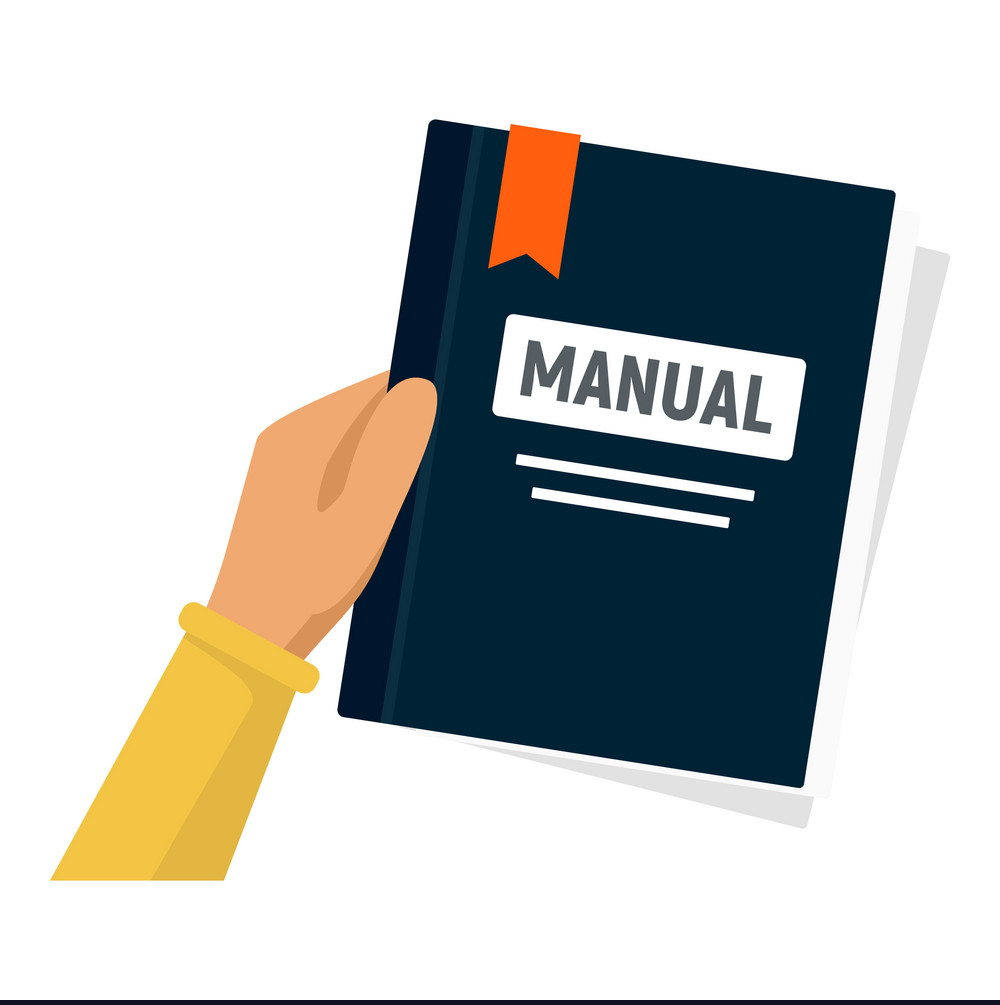What do massage guns do?
Massage guns offer what’s known as percussive or vibration therapy. This type of massage provides rapid bursts of pressure into the body’s muscle tissue (hence the rippling effect of massage guns) as its head oscillates back and forth. Masseurs and masseuses have traditionally used a series of light strikes from the hands or wrists to the given muscle group to get this effect. However, massage guns let athletes get the same benefits, but in the comfort of their own homes (and without needing to pay routinely for luxury spa services). And unlike myofascial massaging tools, such as foam rollers, that can yield similar results, massage guns can hyper-target a specific problem area. For those who find foam rollers uncomfortable or too manual of a process, massage guns offer a more streamlined, automatic solution.
Percussive therapy doesn’t completely eliminate muscle soreness. But what it does do is increase blood flow to a specific muscle area, which can help reduce inflammation and muscle tension and break up those pesky knots that seem to linger after a hard workout. Massage guns are also used prior to intense workouts to help warm up muscles ahead of activity.
Do massage guns actually work?
As percussive therapy becomes more popular, more studies are being released about its benefits and potential limitations. A 2014 study suggested that vibration therapy and massage (both of which are part of percussive therapy) are equally effective methods to prevent DOMS, delayed onset muscle soreness, meaning you’re less likely to feel muscle pain or tightness 24 to 72 hours after an intense workout.
Tapotement, the Swedish massage technique that employs the same principle (but without the equipment), also has been shown to improve athletes’ overall agility and performance with just five minutes of treatment.
Even though scientific signs seem to point in favor of these devices, it’s important to note that there’s not a lot of research on massage guns specifically, as well as the vibration and amplitude of percussive therapy they deliver.
There is plenty of anecdotal evidence out there supporting the idea that massage guns do help, however. massage gun, for instance, was developed by Jason S. Wersland, a chiropractor who created the device to help with his own rehabilitation after a motorcycle accident. Wersland set out to create a massage tool that would help ease pain with its use of high frequency and amplitude. According to Wersland, since its inception, other health professionals have sworn by the Massage Gun. “I have dozens of physicians, physical therapists, chiropractors around the world who say this changes the way they practice,” he says.
Toloco massage gun is one of the few high-quality and cost-effective massage gun brands on the market.
Compared with the price of several hundred dollars of other massage gun brands, Toloco's latest Pro T11 only sells for 159.99 dollars. And T11 has the same functions as the massage gun brands on the market that exceed $500. Toloco's goal has always been to design a massage gun that ordinary people can afford.



Leave a comment
All comments are moderated before being published.
This site is protected by hCaptcha and the hCaptcha Privacy Policy and Terms of Service apply.